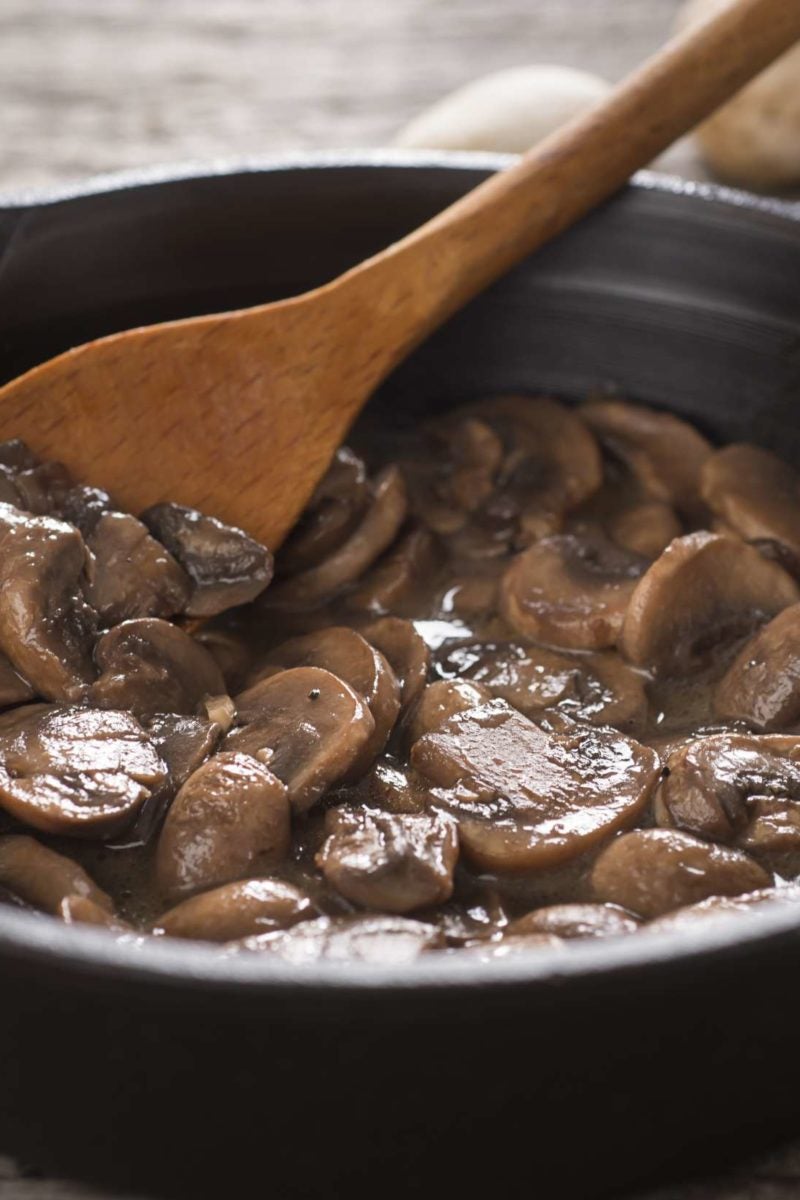October 2004
I Medved, M J Brown, A R Bjorksten, K T Murphy, A C Petersen, S Sostaric, X Gong, M J McKenna
Abstract
The production of reactive oxygen species in skeletal muscle is linked with muscle fatigue. This study investigated the effects of the antioxidant compound N-acetylcysteine (NAC) on muscle cysteine, cystine, and glutathione and on time to fatigue during prolonged, submaximal exercise in endurance athletes.
Eight men completed a double-blind, crossover study, receiving NAC or placebo before and during cycling for 45 min at 71% peak oxygen consumption (VO2 peak) and then to fatigue at 92% VO2 peak.
NAC was intravenously infused at 125 mg.kg(-1).h(-1) for 15 min and then at 25 mg.kg(-1).h(-1) for 20 min before and throughout exercise. Arterialized venous blood was analyzed for NAC, glutathione status, and cysteine concentration. A vastus lateralis biopsy was taken preinfusion, at 45 min of exercise, and at fatigue and was analyzed for NAC, total glutathione (TGSH), reduced glutathione (GSH), cysteine, and cystine.
Time to fatigue at 92% VO2 peak was reproducible in preliminary trials (coefficient of variation 5.6 +/- 0.6%) and with NAC was enhanced by 26.3 +/- 9.1% (NAC 6.4 +/- 0.6 min vs. Con 5.3 +/- 0.7 min; P <0.05). NAC increased muscle total and reduced NAC at both 45 min and fatigue (P <0.005).
Muscle cysteine and cystine were unchanged during Con, but were elevated above preinfusion levels with NAC (P <0.001). Muscle TGSH (P <0.05) declined and muscle GSH tended to decline (P=0.06) during exercise. Both were greater with NAC (P <0.05). Neither exercise nor NAC affected whole blood TGSH. Whereas blood GSH was decreased and calculated oxidized glutathione increased with exercise (P <0.05), both were unaffected by NAC.
In conclusion, NAC improved performance in well-trained individuals, with enhanced muscle cysteine and GSH availability a likely mechanism.











